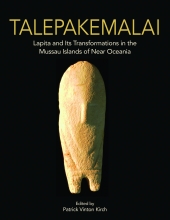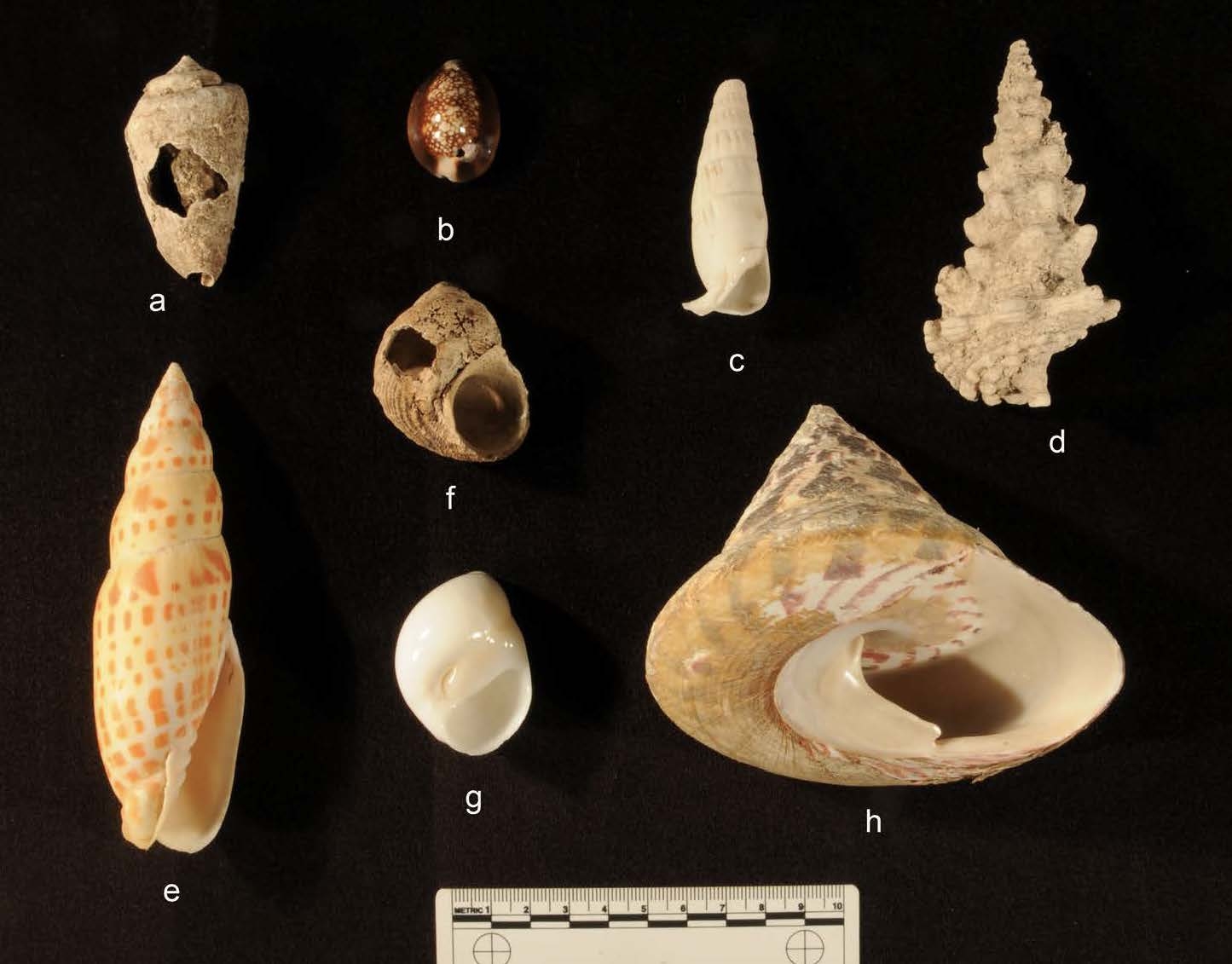Talepakemalai: Lapita and Its Transformations in the Mussau Islands of Near Oceania

Series: Monumenta Archaeologica 47
ISBN: 978-1-950446-17-9
Publication Date: Sep 2021
Price: Hb $120, eBook $72
Order this book here!
- Print: Order from our distributor
- Electronic: Kindle eBook
- Open Access: PDF
Return to catalog
Patrick Vinton Kirch
"This volume has admirably achieved it stated aims, providing us all and future generations with one of the most detailed analyses of a major Lapita site anywhere." - Dr. Stuart Bedford, Australian National University for Archaeology in Oceania
The Lapita Cultural Complex—first uncovered in the mid-twentieth century as a widespread archaeological complex spanning both Melanesia and Western Polynesia—has subsequently become recognized as of fundamental importance to Oceanic prehistory. Notable for its highly distinctive, elaborate, dentate-stamped pottery, Lapita sites date to between 3500-2700 BP, spanning the geographic range from the Bismarck Archipelago to Tonga and Samoa. The Lapita culture has been interpreted as the archaeological manifestation of a diaspora of Austronesian-speaking people (specifically of Proto-Oceanic language) who rapidly expanded from Near Oceania (the New Guinea-Bismarcks region) into Remote Oceania, where no humans had previously ventured. Lapita is thus a foundational culture throughout much of the southwestern Pacific, ancestral to much of the later, ethnographically-attested cultural diversity of the region.

Talepakemalai is a single integrated volume in which all of the results of the Mussau Project, including more recent analyses of chronology, obsidian, ceramics, and faunal remains, are brought together. It thus presents the definitive final report on the excavation not only of Talepakemalai, but also of all of Lapita and post-Lapita sites investigated during the Mussau Project.




